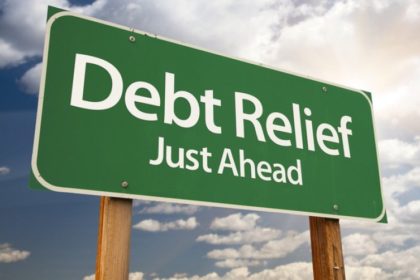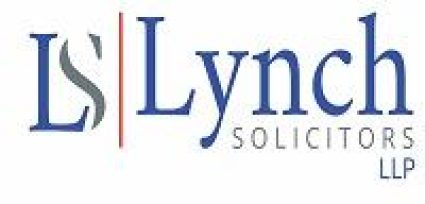
The new ‘one year bankruptcy ’ continues to be an appealing alternative for those struggling with unsustainable debt as some 552 people are projected to be adjudicated bankrupt this year according to the latest figures from the Insolvency Service of Ireland.
A total of €776 million is the estimated debt that will be included in bankruptcies in Ireland by this year’s end.
The figures also reveal that over 500 people, who were adjudicated bankrupt in 2016, are due to be discharged from bankruptcy during 2017.
Taking account for the population in the Premier County, Tipperary is about on average with the rest of the country with 54 bankruptcies over the past three years. The highest percentage of bankruptcies based on a county’s population was in Kildare where, approximately six in every 10,000 people have been adjudicated bankrupt in the past three years (versus 4.6 per 10,000 in Tipperary).
The statistics, released last week by the Insolvency Service of Ireland, show a significant increase in bankruptcies in Ireland since the introduction of the one-year bankruptcy term.
To put the figures in context; 526 people entered bankruptcy in 2016. Only nine people did so in 2006.
While the Bankruptcy (Amendment) Act 2015 is probably best known for reducing the bankruptcy term to one year, it has also made other significant changes to the law.
Under the Act, if a person’s family home is captured by the bankruptcy but no application to sell it has been made by the bankruptcy division within three years, then the home returns to the bankrupt.
In addition, the bankruptcy application process has become easier as while an applicant for bankruptcy previously had to attend two Court sittings in Dublin, this has now been reduced to one.
Bankruptcy Explained
Bankruptcy is where the property or assets of someone who is unable or unwilling to pay their debts are transferred to a person who is given charge of the property by the High Court (called the Official Assignee) to be sold.
When those assets are sold, the costs, expenses, court fees and certain priority debts of lenders (such as revenue, local rates, certain employees’ entitlements etc.) are paid.
After this, the proceeds are divided between all other creditors who are owed money.
Income that a bankrupt earns above and beyond what the Court determines to be ‘Reasonable Living Expenses’ is ordered to be paid to the bankrupt’s creditors for a period of time, usually three years.
Steps to Bankruptcy
If you decide to go down the Bankruptcy route, the first port of call is to see if a personal insolvency arrangement would be workable.
If a Personal Insolvency Arrangement is not an option, because it is either not feasible or creditor agreement is not a possibility, then Bankruptcy may very well be the preferred option.
As a solicitor, as well as a Personal Insolvency Practitioner, I would urge all those who are unable to cope with their debt payments to make contact with me to explore the options available to you.
The time to act is now to free yourself of financial strain. There is help there for every case.

